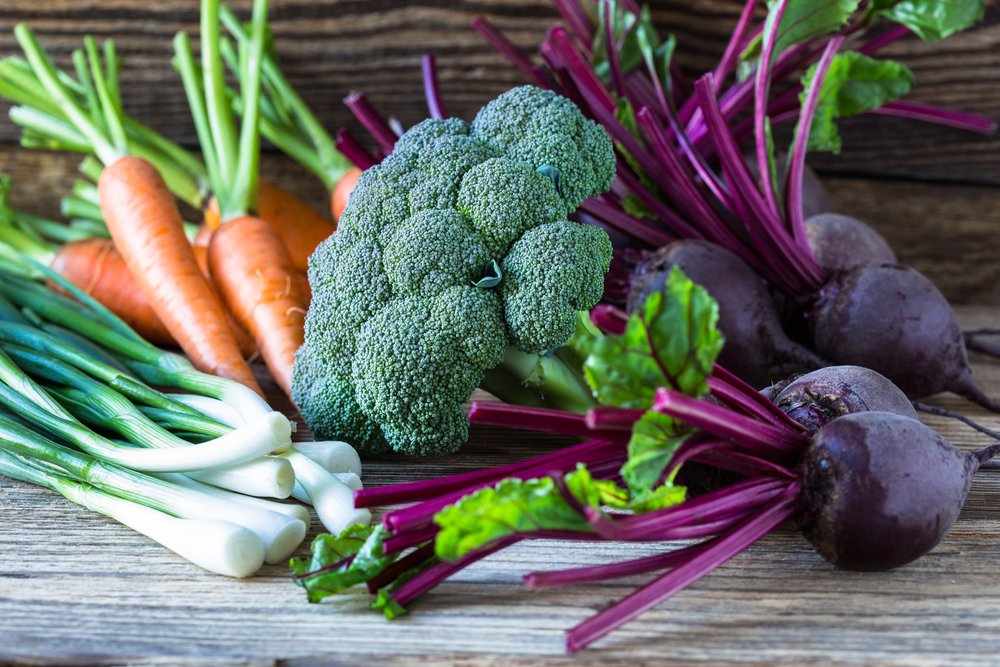July has been a challenge. On the one hand, with the excess rain and humidity, I kept a close eye out for fungal problems. I sprayed my squash plants with a half-strength neem oil solution once as a preventative for powdery mildew, figuring it was only a matter of time before it showed up. So far, so good.
As I’ve come across a leaf or two on squash or tomatoes or anything else that doesn’t look right, I remove it. That way, maybe whatever is happening won’t spread.
Saw my first squash bug back in June, but I moved on it with a vengeance. I checked the back of every solitary leaf, found the eggs, and tapped them off with the sticky side of duct tape. No more problem!
As always, I’m keeping weeds and debris out of my garden and trying to keep plants from running into each other to allow good air circulation—not easy with my prolific cukes this year! Of course, the best way to do this is to start when I first plant my garden and allow more room than I think I need.
I’ve already decided what I will grow this fall—spinach and kale are a permanent fixture in my cool season veggies—they make it over the winter every year. There’s a kale blend I want to try—it’s a mix of blue curly kale, Nero Toscana Italian kale, and red winter kale. It should be fun—and I can pick it for baby greens and let some of the plants mature.
I will start broccoli and cabbage seeds in little pots right now and tuck them in when the squash gives out—or when I run out of ideas for stuffed zucchini, fried zucchini, and zucchini bread. At any rate, they’ll be in the ground by the middle or end of August. I’ll get onions and garlic sets when they come in the middle of September.
If you’re unsure when to plant, look at your seed packet for Days to Maturity. From your average first fall frost date (officially October 22 here), count backward the number of days to maturity, bringing you to the sowing date. Soil is hotter and quicker to dry in summer, so you might want to start some fall crops in pots on a covered porch or lightly shade where you plant.
Cool-season veggies like lettuce and spinach won’t sprout if it’s too warm, so you might even want to start them inside. However, root crops should always be sown directly in the garden, as they do not transplant well.
When planting any veggie, cool-season or otherwise, I will always refer to the directions on the back of the seed packet. They tell me when to plant them, how far apart and how deep to plant the seeds, and any special tips I need to know. By the way, I just got fresh 2024-dated seeds for fall planting from Botanical Interests.

